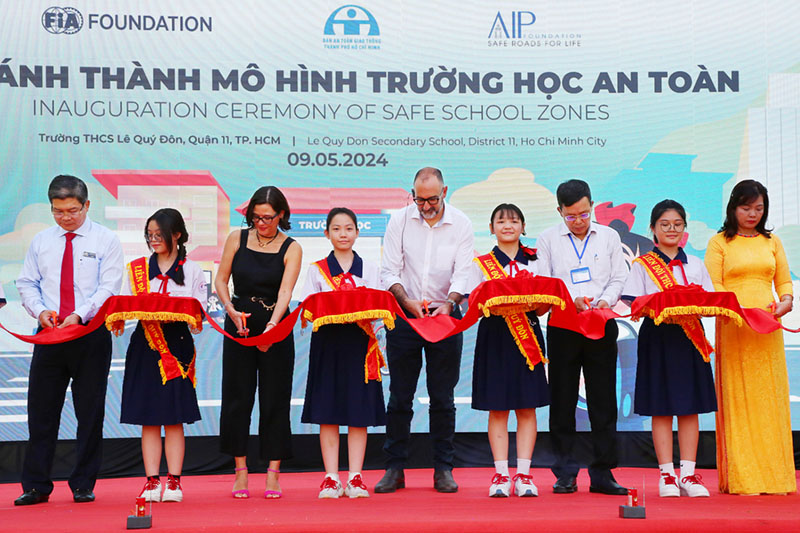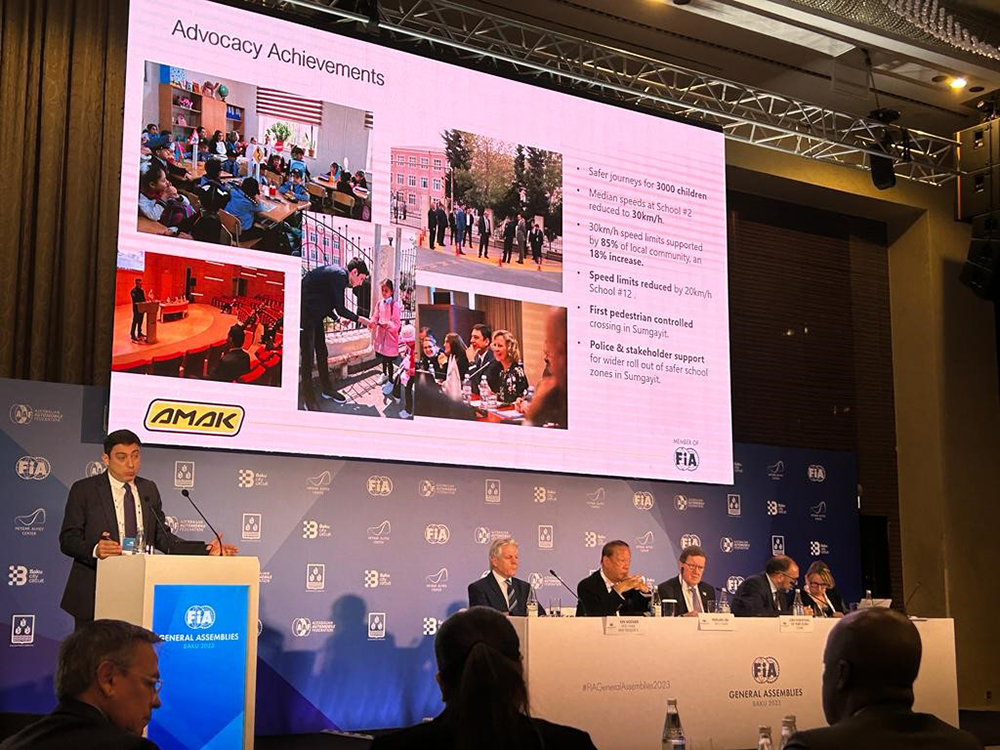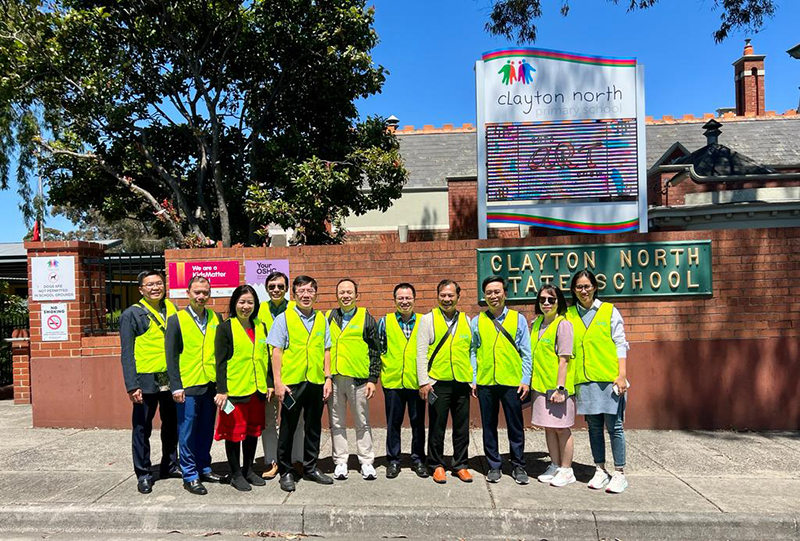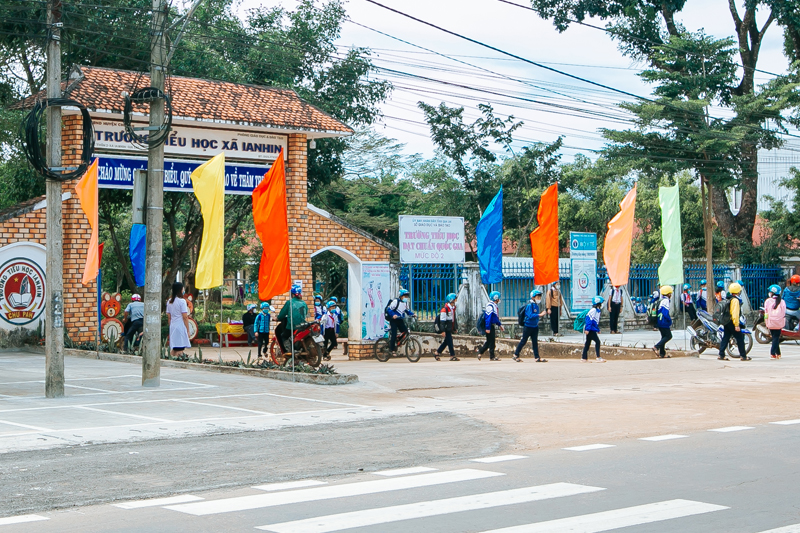Safe Kids Summit hears call for a safe and healthy journey to school
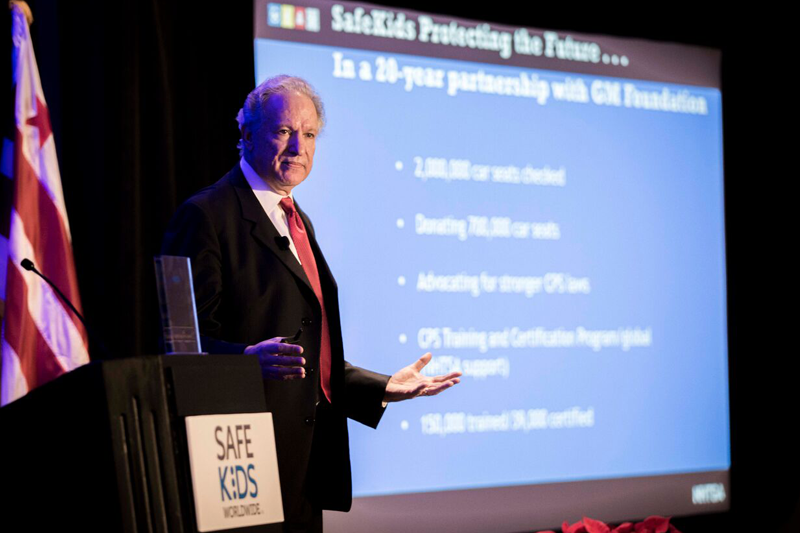
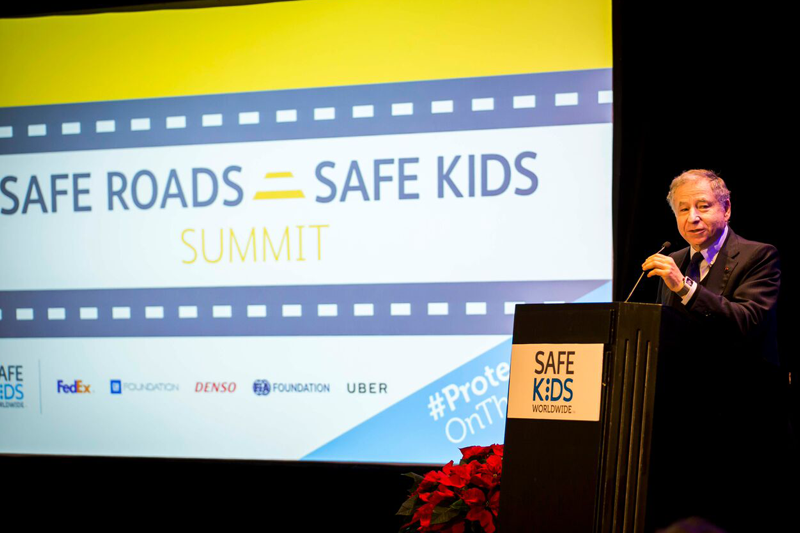
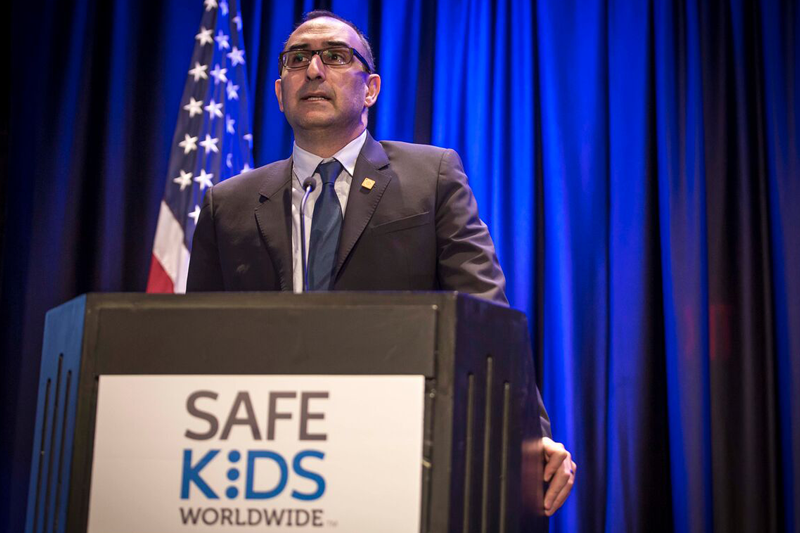
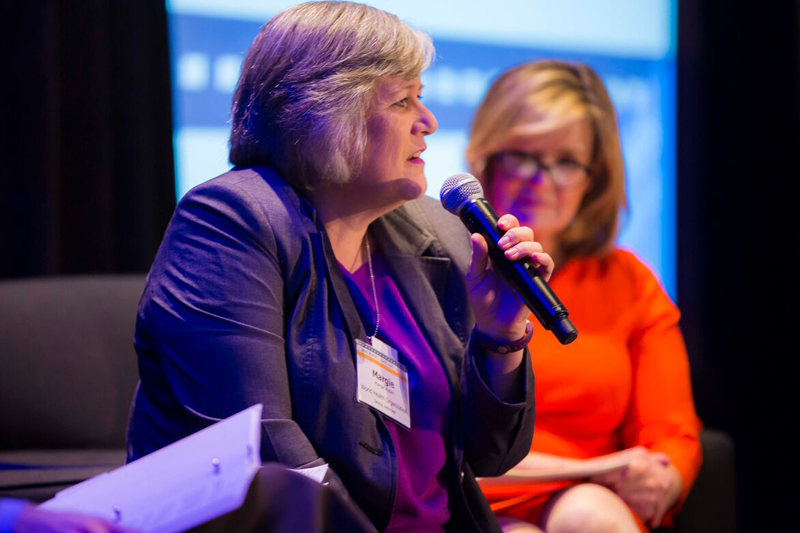
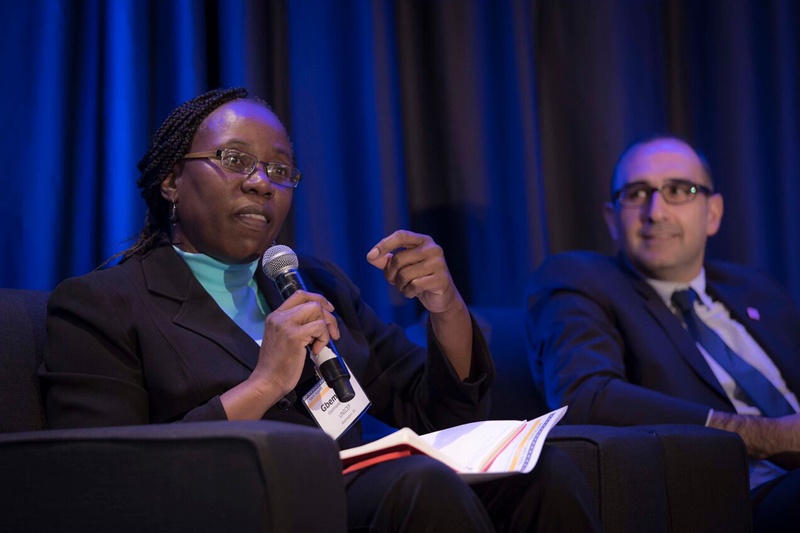
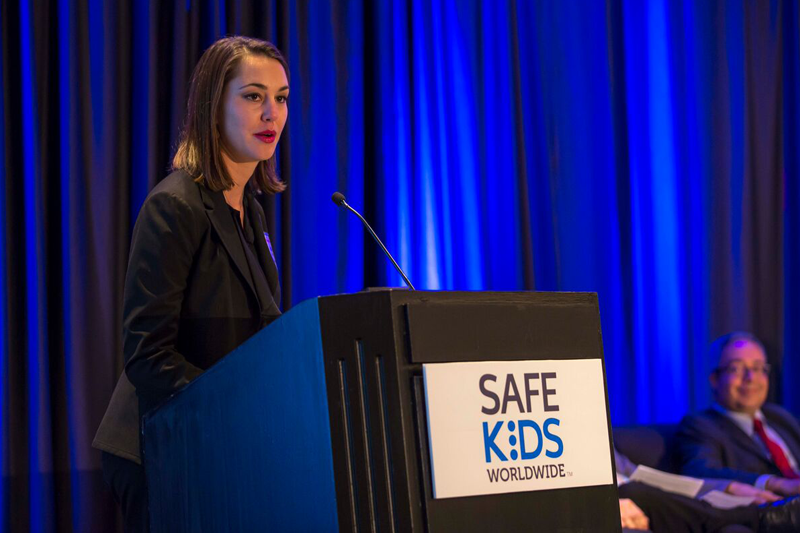
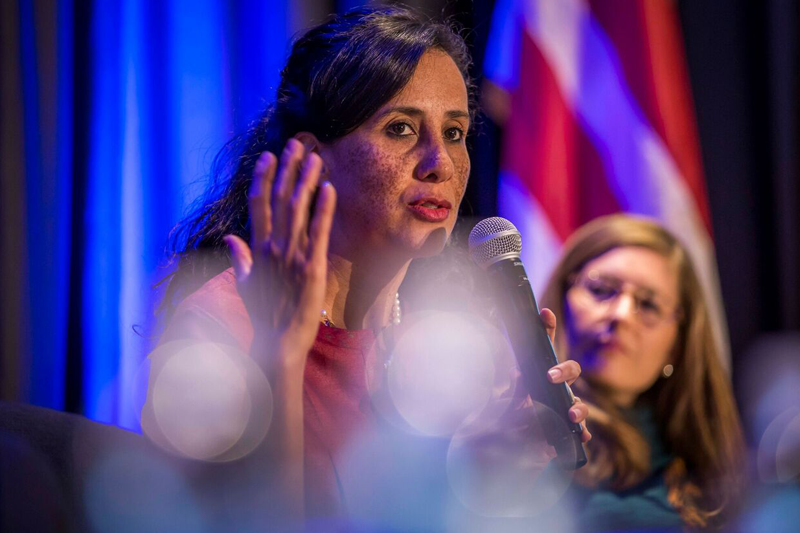
Safe Kids Worldwide, a US-based child injury prevention non-profit, held its 2016 summit in Washington DC on 8 and 9 December. The event showcased the FIA Foundation’s focus on ensuring a safe and healthy journey to school for every child.
Following a keynote by the UN Special Envoy for Road Safety, Jean Todt, who highlighted progress during 2016 in translating the Brasilia Ministerial Declaration into a new UN General Assembly Resolution and securing support from countries for a process to establish a new UN Road Safety Fund, Dr Margie Peden of the World Health Organization presented the new ‘Save Lives’ public health package intended to provide focus for governments seeking to scale up action to meet the Sustainable Development Goals’ road safety target. The event, chaired by Safe Kids CEO Kate Carr, also heard a keynote from the Administrator of the US National Highway Traffic Safety Administration, Dr Mark Rosekind (main photo above), who called for renewed effort to implement the Safe System approach.
FIA Foundation Executive Director Saul Billingsley joined a panel discussion on how to achieve the global goals for children. Presenting the Global Initiative for Child Health & Mobility, he said: “The inclusion of road safety in the global goals isn’t just about keeping our children safe. It’s about child rights, child negligence, and inequality. It’s the poorest children who live on the most dangerous roads and breathe the dirtiest air. Fundamentally, this is why we must put child rights at the forefront of the policy agenda.”
United Nations member states have made progress committing to this agenda, prioritizing safe and healthy routes to school for all children in the Habitat III New Urban Agenda, a document which draws a roadmap for the future of cities. Starting with schools has proven to be an effective way to make roads safer and healthier for not just children, but also for the entire community.
On the panel, Saul Billingsley was joined by UNICEF, a founding partner of the Global Initiative. “The communities with the riskiest roads are also the poorest – and roads are recreational spaces for children in those communities,” said Gbemisola Akinboyo, Senior Child Protection Specialist for UNICEF.
Two more of the Global Initiative’s six founding partners, World Resources Institute and Save the Children, presented during a panel about connecting road safety to the broader United Nations Sustainable Development Goal Agendas, moderated by Natalie Draisin, FIA Foundation’s Manager of the North American Office. “The inclusion of road safety in the SDGs is a turning point, an opportunity to define the connection between road safety and other SDGs like health, poverty, education, and inequality. This is our chance to prove that road safety is a social justice issue,” said Natalie Draisin.
The World Resources Institute works across the SDG agenda by making roads safer and more sustainable. Claudia Adriazola-Steil, Health and Road Safety Program Director at the World Resources Institute, said, “We have a responsibility to improve traffic safety, air quality, physical activity, and quality of life for our children and communities through sustainable mobility and urban design in cities.” Jeanne Long, School Health and Nutrition Specialist at Save the Children, highlighted the links across the SDG agenda, citing the fact that if children cannot get to school safely, they cannot obtain an education or stay healthy.
The Child Health Initiative focuses on low-cost, high-impact interventions to keep children safe and healthy on the journey to school, such as footpaths and speed humps. Dr. Thomas Novotny, Deputy Assistant Secretary for Health at the U.S. Department of Health and Human Services said that children living within one block of a speed hump are 50 to 60 percent less likely to be injured by a car, compared to children whose streets don’t have speed humps.
Emphasizing the connection between education, the built environment, and road safety, Aaron Emmel, Global Health Advocacy Initiatives Manger for the American Academy of Pediatrics added, “Literate and/or school-educated mothers are more likely to have children who survive past the age of five, are adequately nourished, receive routine immunizations, and are born with a normal birthweight. Diseases and conditions acquired during childhood can affect people throughout their lives. Half of adult non-communicable diseases begin in childhood and most of the behaviours that underlie non-communicable diseases start during adolescence. Children in low and middle-income countries who suffer from non-communicable diseases often die prematurely.”
Members of the Child Health Initiative were featured throughout the summit. Another Global Initiative member, National Center for Safe Routes to School Director Nancy Pullen-Seufert spoke about how cities can strive for zero deaths by starting with children. Together with the FIA Foundation, the National Center has established Vision Zero for Youth, and is collaborating with mayors across the country to focus on making school zones safer. Partners including EASST and Gonzalo Rodriguez Foundation also presented on their work preventing child injury in highly challenging road environments.



